Big Blue Liriope
$34.50 Original price was: $34.50.$24.15Current price is: $24.15.
- Free Shipping over $25
- Fast & reliable delivery options
- Enjoy top quality items for less
- Multiple safe payment methods

It is good to build your garden around shrubs and trees. Most of them are low-maintenance and you can enjoy a great garden with just a little effort. But the areas beneath your plants can look bare and open, both when they are young and also when they grow taller, and the lower branches have been removed. You can enrich the look of your garden, and add a whole extra dimension to your layout, by using effective ground cover plants. Their foliage and flowers keep your beds attractive, and they fill in the gaps that naturally develop as shrubs mature. Planted below shrubs they turn ordinary into exciting. We don’t want to add work, though, so they should be easy-care and trouble-free. As well they need to be able to cope with shade and dryness, as the more mature your garden, the more shade there will be.
Nature has helped out, and provided gardeners with a groundcover that is excellent even in dry shade – lilyturf, or Liriope. This tufted, grass-like plant is decorated with thin spikes of flowers in late summer, when other plants have often finished blooming. Creating a dense carpet in a few years, the best of the green-leaf liriope plants is undoubtedly the Big Blue Liriope, a larger and extra-sturdy selection that is incredibly useful in every garden. The blooms are lavender-blue, and it grows just as well in full sun as it does in full shade.
Growing the Big Blue Liriope
Size and Appearance
The Big Blue Liriope is an evergreen clump of strap-like leaves up to an inch wide, that are smooth, glossy, and a rich dark green. The rise upwards in clumps, arching over gracefully. They are typically 12 to 18 inches tall, but this vigorous variety can reach 24 inches once it is well established. The plant expands by sending new shoots up nearby. It is not invasive, and doesn’t spread far, but it does fill in the spaces until it forms a dense, weed-proof carpet. You can detach pieces and plant them in other parts of your garden. The new leaves emerge in late winter or early spring, lighter green and fresh to begin with, turning darker and arching over as they mature. In late summer or early fall flower spikes grow up among the leaves, standing a few inches taller than them. These are studded all along their length with small lavender-blue flowers, and they make a lovely display at an otherwise quiet time of year. If you have shrubs or trees above them with fall leaves, the dark green and blue really makes those fall colors ‘pop’. After flowering the stems often develop black berries along them, which last all winter, adding another dimension of interest.
Using the Big Blue Liriope in Your Garden
Wherever you have bare ground beneath shrubs and trees, in sun, partial shade or full shade, there you can grow this incredibly useful plant. Plant it to fill blank spaces, or plant it all along the edge of a bed, as a border beside grass or hard pathways. Use it to fill narrow gaps between walls and paving. Enrich woodland areas by planting it beneath trees. This really is the ‘universal ground cover’ that fits in anywhere, in any style of garden, and adds so much for so little work. It can also be used in planters beneath trees or shrubs to make them look more complete, without going to all the work and trouble of planting annual flowers and bulbs. For planting in groups, space the plants up to 12 inches apart, and you will soon have a solid covering.
Hardiness
The Big Blue Liriope is completely hardy and evergreen in zones 7 to 10. It grows in sheltered spots in zone 6, and even in zone 5, although in those regions the foliage will often die over the winter, to be restored by new growth in spring.
Sun Exposure and Soil Conditions
This amazing plant grows just as well in full sun as it does in dark, dry shade – it is indestructible. It will grow in any well-drained soil, with a slight preference for acid soils, but this is of little practical consequence. Some soil enrichment before planting is useful in getting it established quickly, but once it has filled in an area nothing more is needed.
Maintenance
The Big Blue Liriope needs very little care, but there are a few basic things that will keep it always looking perfect. Once you have figured out when the new shoots appear in your area – it can be anytime between late winter and mid-spring – then plan to cut it down a week or two before. Use shears, a trimmer or a lawn mower, depending on how much area there is. This will remove the older leaves that often turn yellow after the new ones emerge, and they can be difficult to remove. Don’t cut once you see new growth, or you will cut the ends of the new leaves and spoil the look for the whole season. This is the only care needed, and even this can be ignored if you don’t mind a little untidiness for a few weeks. Also, leaves from bushes will fall among the upright foliage, saving you some raking. Pests and diseases seem to never bother this plant, and deer generally leave it alone.
History and Origin of the Big Blue Liriope
Liriope is a group of similar-looking herbaceous perennial plants that grow across Asia. There are just a few species, and liriope, Liriope muscari, is the most important for gardens. It grows wild through most of China, as well as in Japan and Korea, on the forest floor. There are several varieties available, and the one called ‘Big Blue’ is widely considered to be the best of all the green-leaf forms. It is like the wild plant, but stronger, a little taller, and able to develop a dense ground cover quickly.
Buying the Big Blue Liriope at The Tree Center
Ground cover plants are always in big demand, because knowing gardeners use them prolifically. Lily turf is so universally admired that these plants never stay in stock for long, so order your Big Blues right away.
Be the first to review “Big Blue Liriope” Cancel reply
Related products
Perennials
Perennials
Perennials
Black-Eyed Susan
Perennials
Catmint
Liriope
Perennials


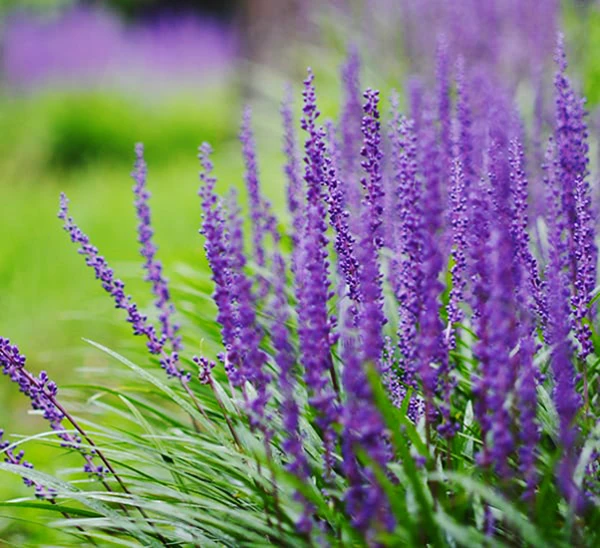

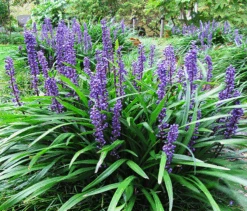
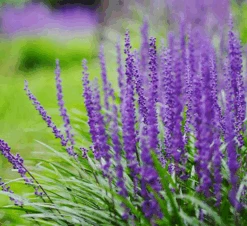


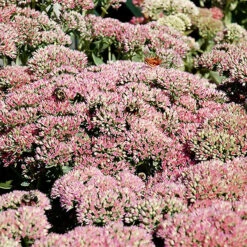

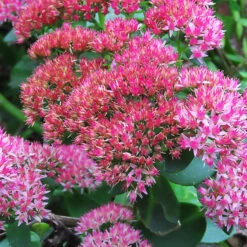

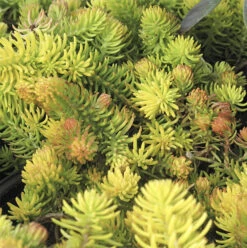
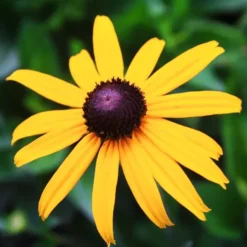
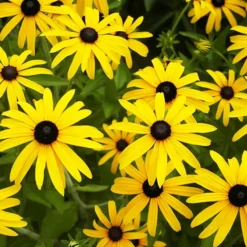
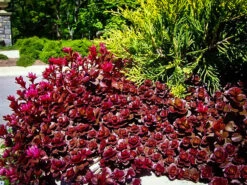
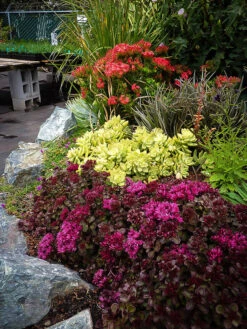
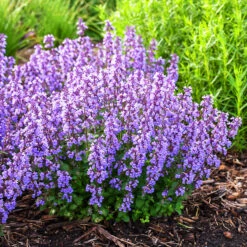
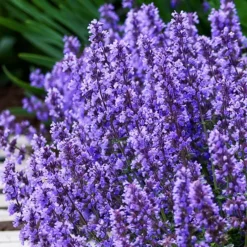


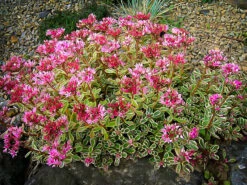
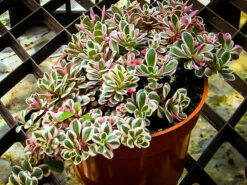
Reviews
There are no reviews yet.